Jarosław Adam Miszczak
Multi-step feature fusion for natural disaster damage assessment on satellite images
Oct 29, 2024Abstract:Quick and accurate assessment of the damage state of buildings after natural disasters is crucial for undertaking properly targeted rescue and subsequent recovery operations, which can have a major impact on the safety of victims and the cost of disaster recovery. The quality of such a process can be significantly improved by harnessing the potential of machine learning methods in computer vision. This paper presents a novel damage assessment method using an original multi-step feature fusion network for the classification of the damage state of buildings based on pre- and post-disaster large-scale satellite images. We introduce a novel convolutional neural network (CNN) module that performs feature fusion at multiple network levels between pre- and post-disaster images in the horizontal and vertical directions of CNN network. An additional network element - Fuse Module - was proposed to adapt any CNN model to analyze image pairs in the issue of pair classification. We use, open, large-scale datasets (IDA-BD and xView2) to verify, that the proposed method is suitable to improve on existing state-of-the-art architectures. We report over a 3 percentage point increase in the accuracy of the Vision Transformer model.
* 10 pages, for associated Github repository: https://github.com/MatZar01/EQ_vis
Hard hat wearing detection based on head keypoint localization
Jun 21, 2021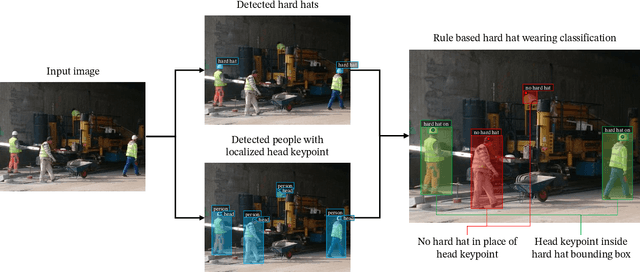
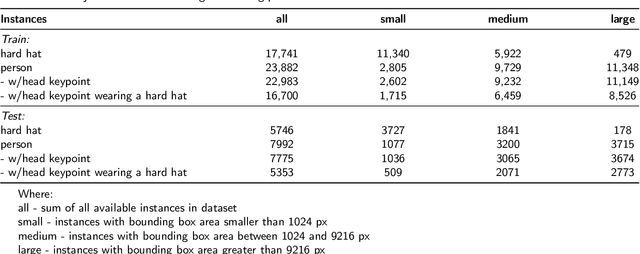
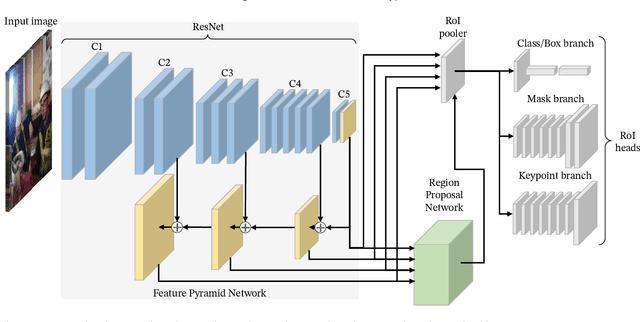
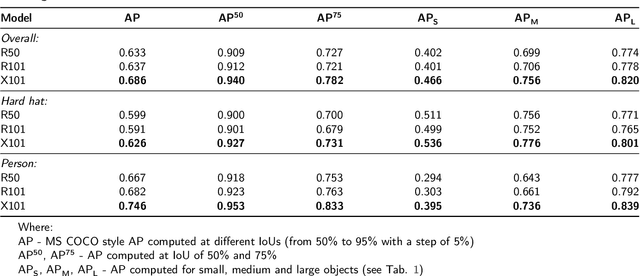
Abstract:In recent years, a lot of attention is paid to deep learning methods in the context of vision-based construction site safety systems, especially regarding personal protective equipment. However, despite all this attention, there is still no reliable way to establish the relationship between workers and their hard hats. To answer this problem a combination of deep learning, object detection and head keypoint localization, with simple rule-based reasoning is proposed in this article. In tests, this solution surpassed the previous methods based on the relative bounding box position of different instances, as well as direct detection of hard hat wearers and non-wearers. The results show that the conjunction of novel deep learning methods with humanly-interpretable rule-based systems can result in a solution that is both reliable and can successfully mimic manual, on-site supervision. This work is the next step in the development of fully autonomous construction site safety systems and shows that there is still room for improvement in this area.
Transfer learning for leveraging computer vision in infrastructure maintenance
Apr 26, 2020
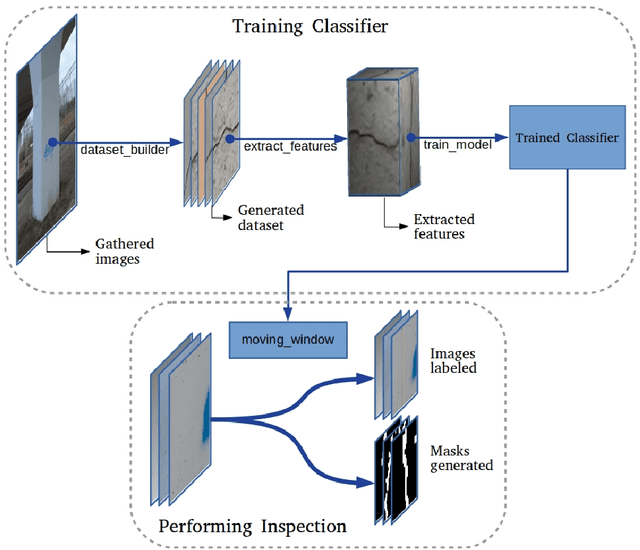
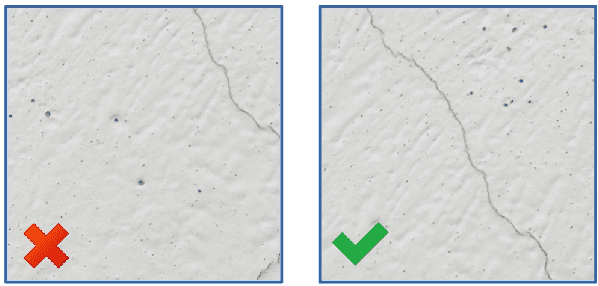

Abstract:Monitoring the technical condition of infrastructure is a crucial element to its maintenance. Currently, the applied methods are outdated, labour intensive and highly inaccurate. At the same time, the latest methods using Artificial Intelligence techniques, despite achieving satisfactory results in the detection of infrastructure damage, are severely limited in their application due to two main factors - labour-intensive gathering of new datasets and high demand for computing power. In the presented work, we propose to utilize Transfer Learning techniques and computer vision to overcome these limiting factor and fully harness the advantages of Artificial Intelligence methods. We describe a framework which enables hassle-free development of unique infrastructure defects detectors on digital images, achieving the accuracy of above 90%. The framework supports semi-automatic creation of new datasets and has modest computing power requirements. It is implemented in the form of a ready-to-use software package distributed under an open software licence and available for the public. Thus, it can be used to immediately implement the methods proposed in this paper in the process of infrastructure management by government units, regardless of their financial capabilities. With the help of introduced framework it is possible to improve the efficiency of infrastructure management and the quality of its life cycle documentation globally, leading to a more accurate mapping of the processes taking place in the infrastructure's life cycle for better infrastructure planning in the future.
Separable and non-separable data representation for pattern discrimination
Mar 15, 2015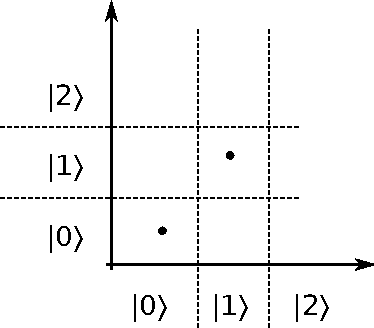
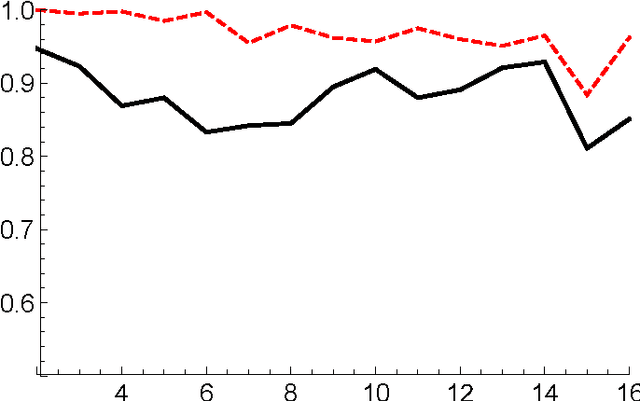
Abstract:We provide a complete work-flow, based on the language of quantum information theory, suitable for processing data for the purpose of pattern recognition. The main advantage of the introduced scheme is that it can be easily implemented and applied to process real-world data using modest computation resources. At the same time it can be used to investigate the difference in the pattern recognition resulting from the utilization of the tensor product structure of the space of quantum states. We illustrate this difference by providing a simple example based on the classification of 2D data.
 Add to Chrome
Add to Chrome Add to Firefox
Add to Firefox Add to Edge
Add to Edge